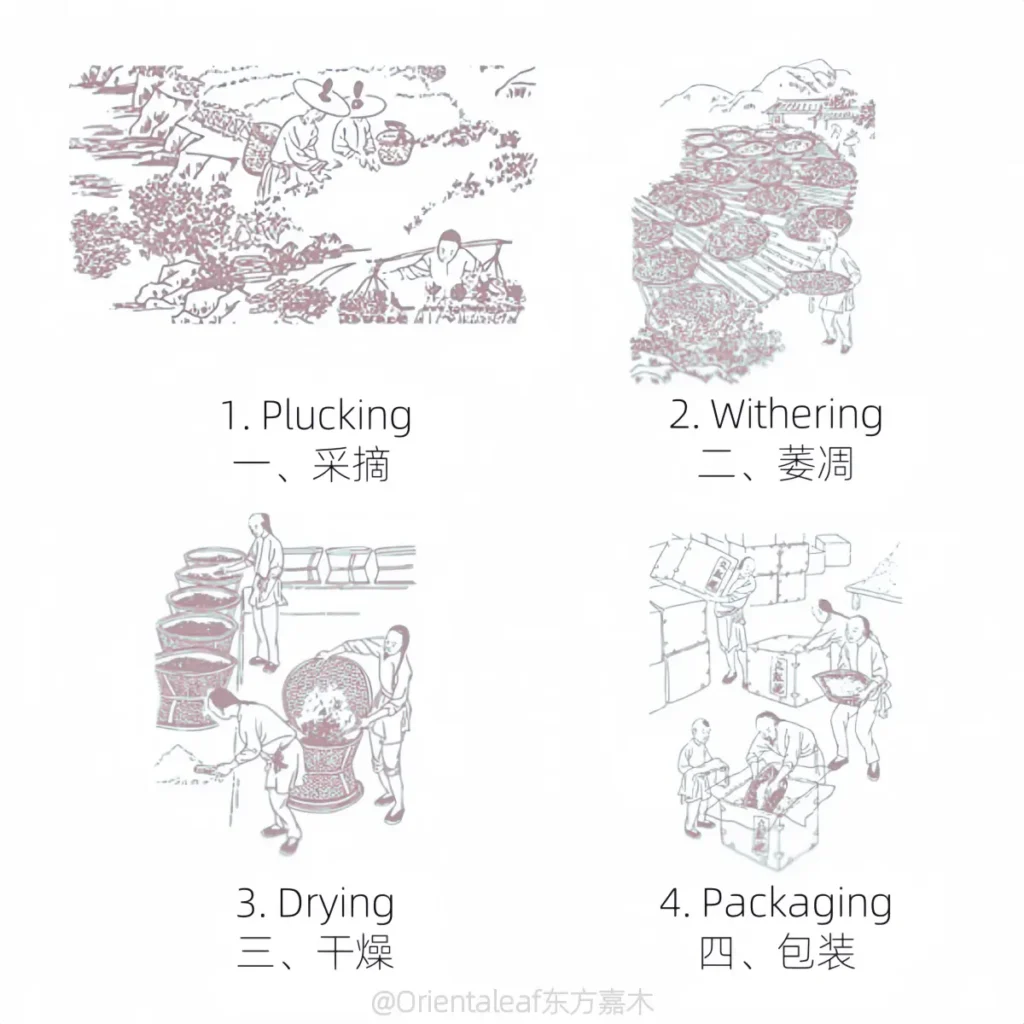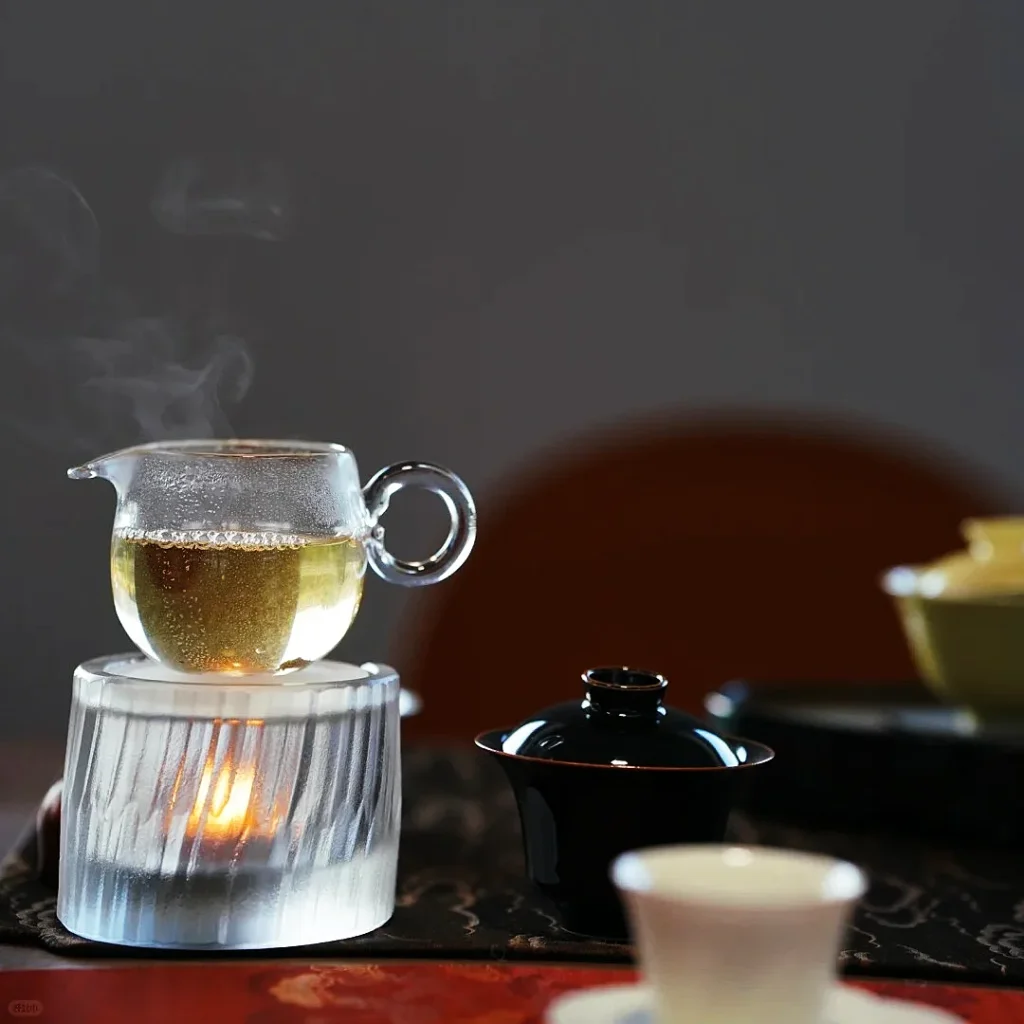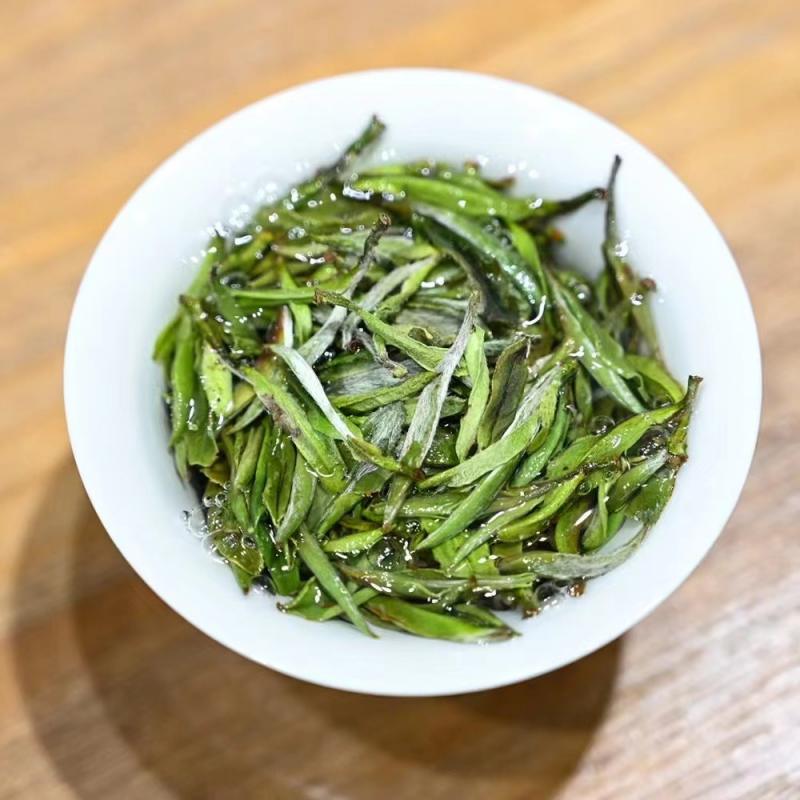White tea, a delicate and nuanced beverage, has captivated enthusiasts for centuries. Originating from the Fujian province of China, this exquisite tea is known for its subtle flavors, minimal processing, and abundant health benefits. Understanding its unique characteristics and proper brewing techniques can elevate the entire experience for those embarking on their white tea journey. This comprehensive guide delves into white tea, explores popular varieties like White Peony and Shou Mei, and uncovers the secrets to savoring this refined brew.
Comprehending White Tea: From Bud to Cup

White tea stands apart from other tea varieties due to its minimal processing. Harvested from the Camellia sinensis plant, white tea is made from young buds and leaves still covered in fine, silvery-white hairs. These downy buds lend the tea its name and contribute to its delicate appearance.
The production of white tea involves a simple yet crucial process. After plucking, the leaves are withered and dried naturally, often under controlled conditions. This gentle handling preserves the tea’s natural enzymes and antioxidants, resulting in a beverage that’s not only flavorful but also packed with potential health benefits.
White tea’s flavor profile is characterized by its subtlety. Unlike bolder teas like black or pu-erh, white tea offers a light, refreshing taste with notes ranging from floral and fruity to nutty and sweet. The liquor typically has a pale yellow to light golden hue, reflecting its purity and minimal oxidation.


Two popular varieties of white tea that beginners often encounter are White Peony and Shou Mei. White Peony, also known as Bai Mudan, is made from a combination of buds and young leaves, resulting in a slightly fuller flavor than other white teas. On the other hand, Shou Mei is crafted from more mature leaves and has a more substantial, earthier taste profile.
Brewing the Perfect Cup: Techniques and Tips
Brewing white tea requires attention to detail and a gentle touch. To fully appreciate its delicate flavors, consider the following tips:
- Water Temperature: White tea is sensitive to heat. Use water heated to 194-203°F (90-95°C). Boiling water can scorch the leaves and result in a bitter taste.
- Steeping Time: Generally, white tea should be steeped for 1-3 minutes. However, this can vary depending on the specific variety and personal preference. Experiment to find your ideal steeping time.
- Tea-to-Water Ratio: A good starting point is about 2 grams of tea leaves per 8 ounces (240 ml) of water. Adjust this ratio to suit your taste preferences.
- Multiple Infusions: Quality white teas can often be steeped multiple times. Each infusion may reveal different nuances in flavor, allowing you to fully experience the tea’s complexity.
- Teaware: While not essential, a glass or porcelain teapot can enhance your white tea experience. These materials don’t retain flavors from previous brews and allow you to appreciate the tea’s color.

You might notice slight variations in the optimal brewing parameters when brewing White Peony or Shou Mei. White Peony often benefits from a slightly lower water temperature and shorter steeping time to preserve its delicate flavors. Being more robust, Shou Mei can withstand slightly higher temperatures and longer steeping times without becoming bitter.
Appreciating White Tea: Sensory Experience and Pairing
Enjoying white tea goes beyond simply drinking it; it’s a multi-sensory experience that engages sight, smell, and taste. To fully appreciate your cup of white tea:
- Observe the Dry Leaves: Before brewing, take a moment to examine the dry leaves. Notice their color, shape, and the presence of buds. White Peony, for instance, often showcases a mix of silvery buds and greenish-brown leaves.
- Inhale the Aroma: After brewing, lift the lid of your teapot or cup and inhale deeply. The aroma of white tea can be subtle but complex, offering hints of what’s to come in the flavor.
- Sip Mindfully: Take small sips and let the tea coat your palate. Pay attention to the initial taste, the mid-palate sensations, and the aftertaste. White tea often reveals its flavors gradually, rewarding patient and attentive drinkers.
- Note the Mouthfeel: White tea typically has a light, refreshing mouthfeel. Some varieties might leave a slight sweetness or a lingering floral note on the palate.
Pairing white tea with food can enhance the tea and the culinary experience. Its delicate nature makes it an excellent companion to light, subtle flavors. Consider these pairing suggestions:
- Fresh fruits, particularly pears or mild berries
- Light pastries or scones
- Mild cheeses
- Salads with light vinaigrettes
- Delicate fish dishes
For those exploring Shou Mei, its slightly bolder flavor profile allows for pairings with more robust foods, such as lightly grilled vegetables or even certain poultry dishes. As you delve deeper into white tea, you’ll discover its versatility. While traditionally enjoyed hot, white tea can also be served iced, offering a refreshing alternative during warmer months. Some enthusiasts even experiment with using white tea as a base for cocktails or cooking, infusing dishes with its subtle flavors.
Explore the best food pairings with white tea—check out our other blog for more tips! How to Pair White Tea with Your Favorite Foods>>>>
Conclusion
Embarking on your white tea journey opens up a world of subtle flavors, rich traditions, and moments of tranquility. As you uncover the secrets of this exquisite beverage, you’ll find that each cup offers a drink and an experience – a moment of pause in our fast-paced world, an opportunity for reflection, and a connection to centuries of tea culture.
We serve thousands of satisfied tea enthusiasts in our tea house each year, and we’re excited to share these exceptional teas with tea lovers worldwide at Orientaleaf.com.

Ready to experience the finest authentic Chinese white tea? Browse our premium collection and bring home the delicate flavors of tradition. Shop now and savor the essence of quality!
References
- Wan, X., Li, D., & Zhang, Z. (2008). Green tea and black tea: Manufacturing and consumption. In Y. F. Chu (Ed.), Tea and tea products: Chemistry and health-promoting properties (pp. 1-8). CRC Press.
- Hilal, Y., & Engelhardt, U. (2007). Characterisation of white tea – Comparison to green and black tea. Journal of Consumer Protection and Food Safety, 2(4), 414-421.
- Zhao, Y., Chen, P., Lin, L., Harnly, J. M., Yu, L. L., & Li, Z. (2011). Tentative identification, quantitation, and principal component analysis of green pu-erh, green, and white teas using UPLC/DAD/MS. Food Chemistry, 126(3), 1269-1277.
- Rusak, G., Komes, D., Likić, S., Horžić, D., & Kovač, M. (2008). Phenolic content and antioxidative capacity of green and white tea extracts depending on extraction conditions and the solvent used. Food Chemistry, 110(4), 852-858.
- Unachukwu, U. J., Ahmed, S., Kavalier, A., Lyles, J. T., & Kennelly, E. J. (2010). White and green teas (Camellia sinensis var. sinensis): Variation in phenolic, methylxanthine, and antioxidant profiles. Journal of Food Science, 75(6), C541-C548.


